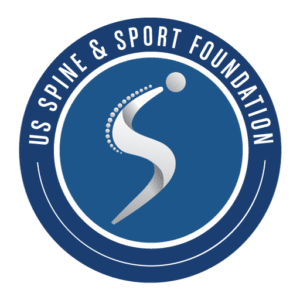The contribution of aerobic fitness and back strength to lift capacity.
Matheson LN, Leggett S, Mooney V, Schneider K, Mayer J.
Program in Occupational Therapy, Washington University School of Medicine, St. Louis, Missouri, USA. mathesonl@msnotes.wustl.edu
More Info
Abstract:
STUDY DESIGN:
This study used a concurrent validation design with 45 healthy female participants.
OBJECTIVE:
To measure the relative contributions of aerobic capacity and back strength to lift capacity.
SUMMARY OF BACKGROUND DATA:
This was the first concurrent study of the relations among spine strength, aerobic capacity, and lift capacity. Previous research had demonstrated moderate to strong relations between spine strength and lift capacity and between aerobic capacity and lift capacity.
METHODS:
Multiple regression techniques were used on reliable and valid measures of each construct to study the individual and joint contributions of spine strength and aerobic capacity to lift capacity.
RESULTS:
Both spine strength and aerobic capacity make significant independent contributions to lift capacity, accounting for 11% and 27% of the variance, respectively. Taken together, the predictive power of these variables on lift capacity accounts for 43% of the variance.
CONCLUSIONS:
Lift capacity is dependent on both back strength and aerobic capacity. It may be inappropriate to use lift capacity as an indicator for the severity of spine impairment in a disability determination system without taking into account the individual’s aerobic capacity. Treatment intended to improve the lift capacity of persons with spine impairment should anticipate that improvement in both back strength and aerobic capacity will improve lift capacity.
